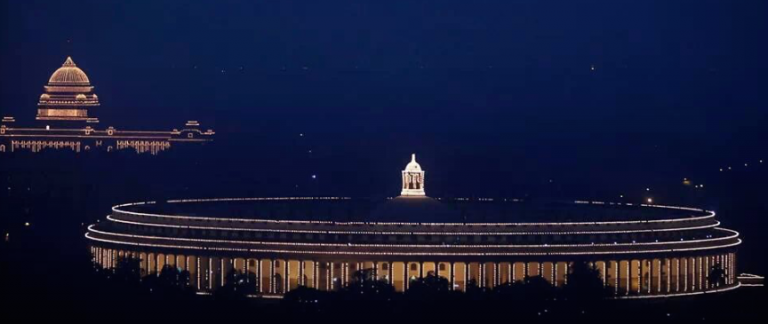Sansad Bhavan, New Delhi
Amongst the foremost beautiful Parliamentary buildings in the world is India’s Parliamentary House, located in Raisina hill, New Delhi. Well-known British architect Herbert Baker using the Indo-Saracenic architecture designed the Sansad Bhavan in 1912-13.
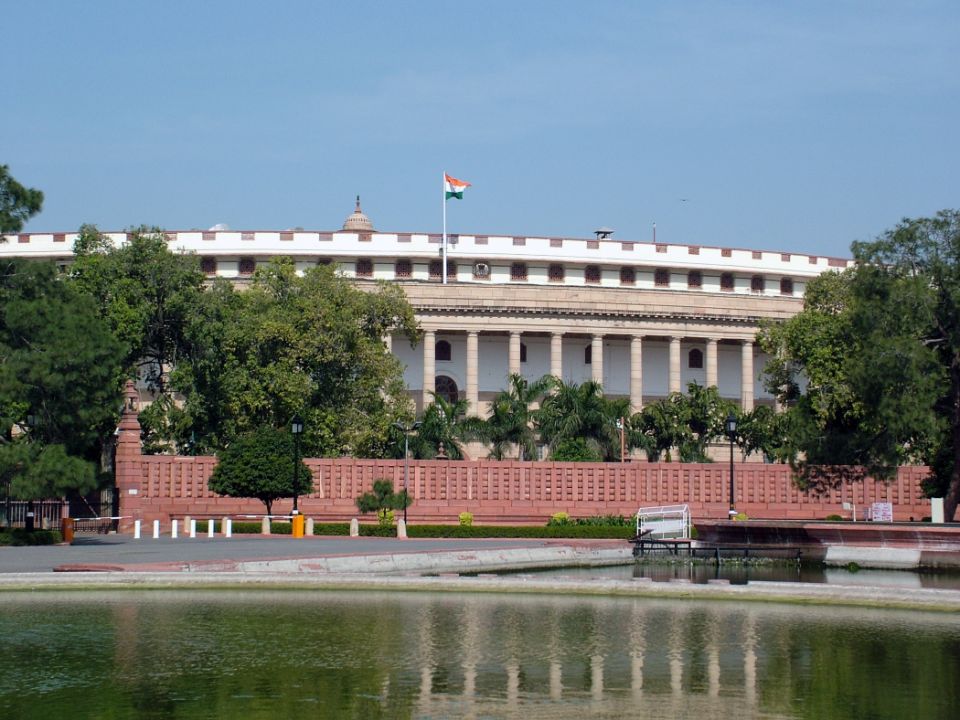
The actual construction started in 1921 and was completed in 1927. The project cost Rs 83 lakhs. The Sansad Bhavan has three semi-circular chambers and a dome inside. The circular building, supported by 144 columns on the outside, is made of Dholpur sandstone, while the building has traces of Mughal and Rajasthani designs. This four-floored, 1000-room structure holds the meetings of the important cabinets.
Palace of the Parliament, Romania:
This stunning structure is the fourth largest building in the world. Constructed over a span of 13 years, from 1984 to 1997, the look of the Romanian Parliament was conceived by the country’s dictator Nicolae Ceauscseu during his infamous Communist regime. It took 700 architects and 20,000 workers who laboured day and night to finish the construction of this building. The humoungous parliament building looms large at 84 meters with 12 floors and over thousand rooms, all meticulously decorated.
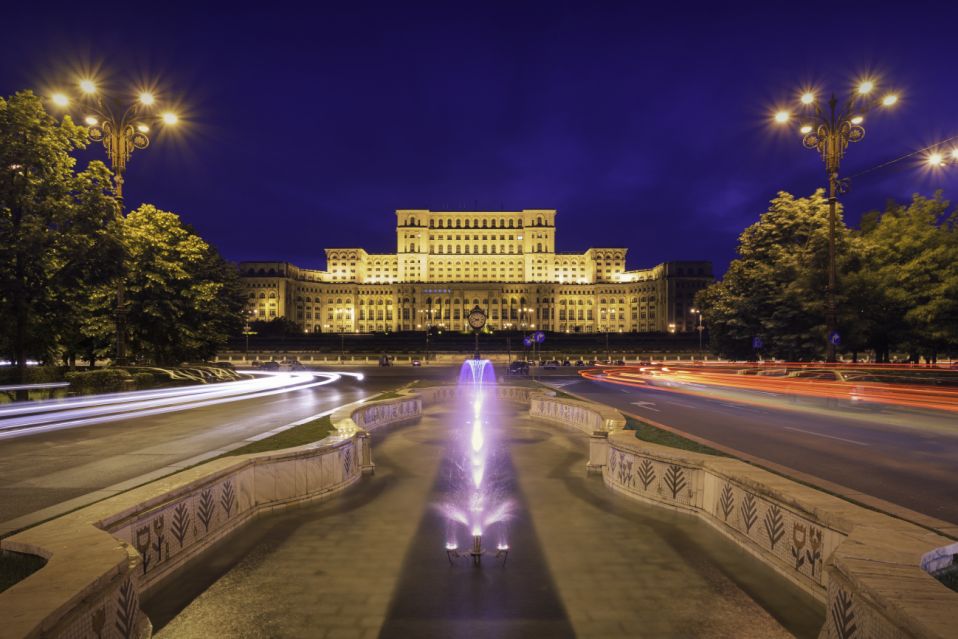
There are beautiful ballrooms, banquet halls and marble floor staircases. There are even eight underground levels with secret tunnels for escape.
Evening view of the Palace of the Parliament, also called the People’s House, the seat of the Parliament of Romania, seen from Unirii Boulevard. The building was completed in 1997 and is the third largest building in the world.
Binnenhof, The Hague, Netherlands:
The assembly of the States-General of Netherlands is located in the Binnenhof, a complex of buildings located in central Hague.
The impressive complex houses the Ridderzaal (Hall of Knights), erected in the 13th and 14th centuries, the senate, the Council of ministers, the prime minister’s office and therefore the House of Representatives.
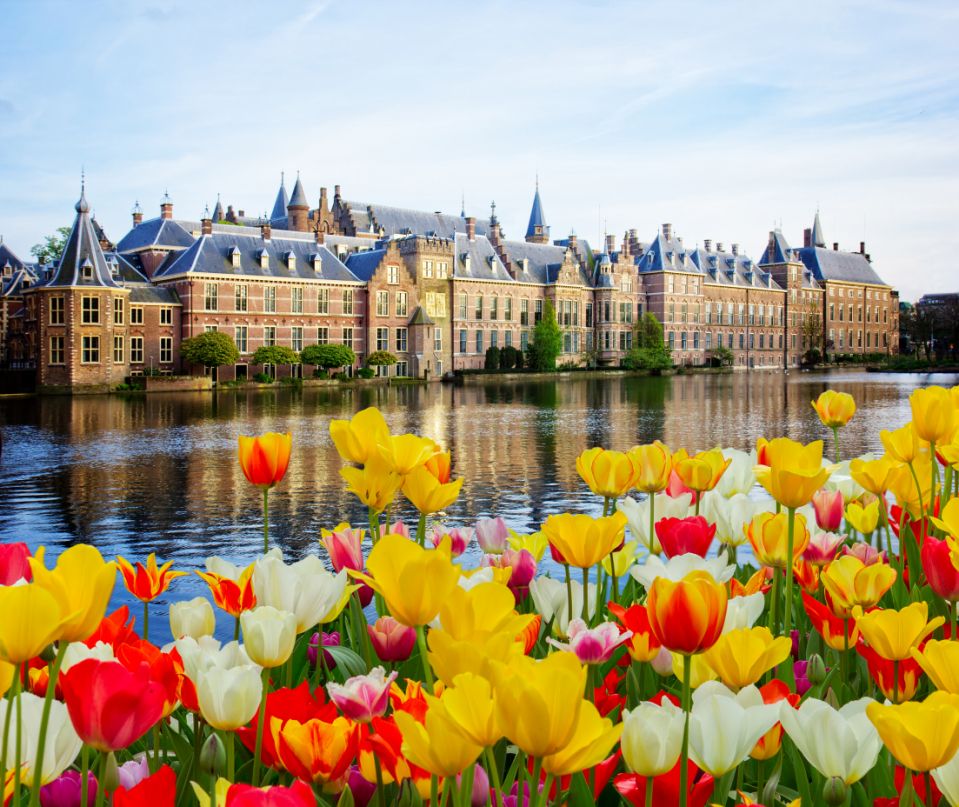
It originally functioned as the residence of the counts of Holland, until it became the center of political power in 1584.
The Reichstag, Berlin:
The official headquarters of the Bundestag, the German Parliament, and the Reichstag may be a much sought-after landmark in Berlin. It’s witnessed many government changes in the past, including the notorious Nazi regime. Wilhelm II I started the development process in 1884 and it took 10 years to finish.
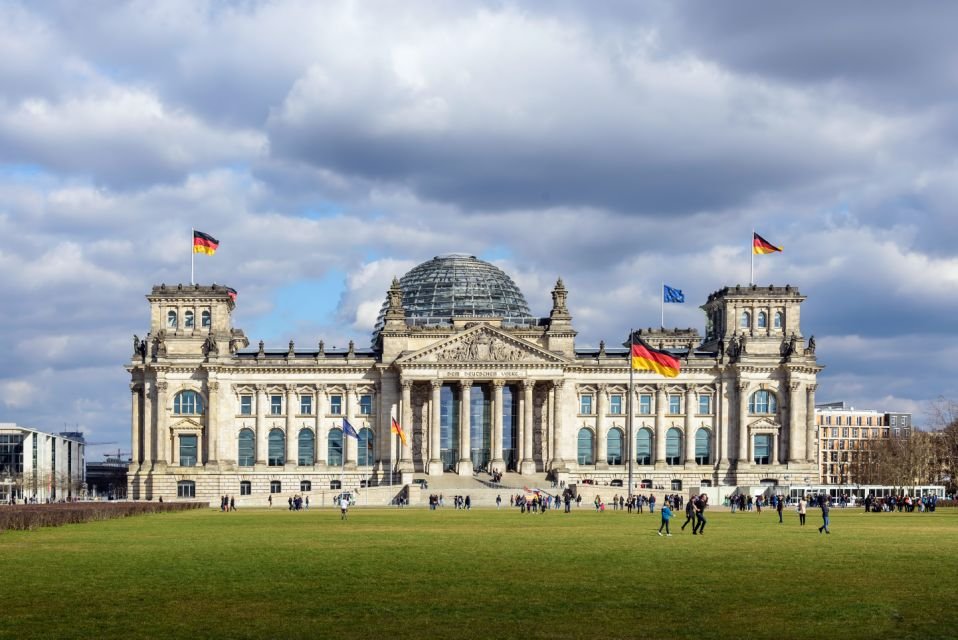
The famous dome and chamber were damaged during a fire and also during the WWII. After numerous renovation bids, a replacement glass dome was added to the building, adding to its splendor.
Parliament of Budapest, Hungary:
Amongst the foremost beautiful buildings in the world, the Parliament building of Budapest is one among the oldest legislative buildings in Europe. The construction began in 1885 and extended to 1902, when the structure was complete.
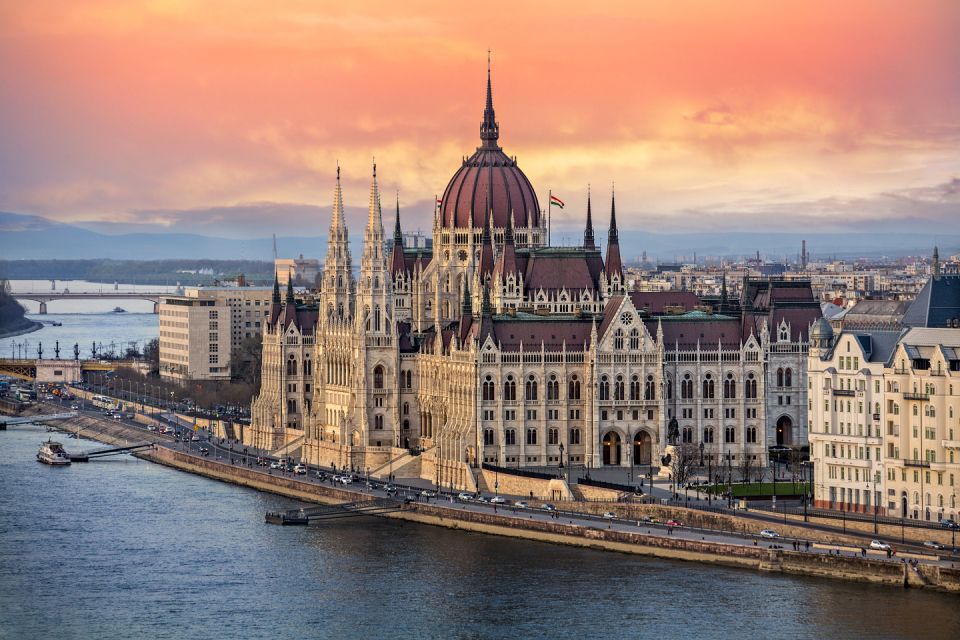
The Hungarian Parliament, the third-largest parliament building in the world, is 268 m long, 123 m wide and 96 m tall. It boasts of 691 rooms and 10 courtyards, and is intended in a very neo-Gothic style. The Parliament Building has stood strong through two World Wars and lots of revolts.
The Capitol, Washington D.C.:
The seat of the us Congress, the capitol building, is an example of 19th century neo-classical architecture, with domes and porticos inspired by Ancient Greek and Roman types of construction.
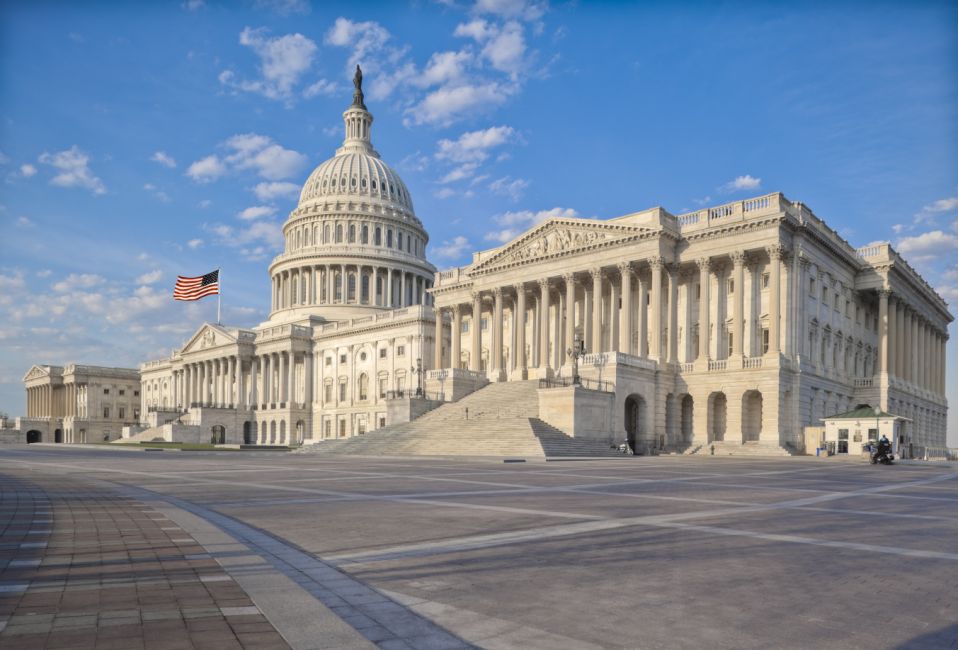
The enormous structure, which sits atop the Capitol Hill, is about 1.5 million square feet in size and houses 600 rooms. Constructed in 1793, under the leadership of President Washington the structure houses the Hall of Commons, the Brumidi Corridors, the old Supreme Court chamber, the Crypt, The Senate and the chamber of the house of representative, among other offices.
Palace of the Westminster, London:
Among Europe’s most famous attractions, this particular parliament complex, also referred to as the homes of Parliament, is one among the most renowned structures within the world. The UNESCO world heritage building houses the House of Commons and House of Lords.
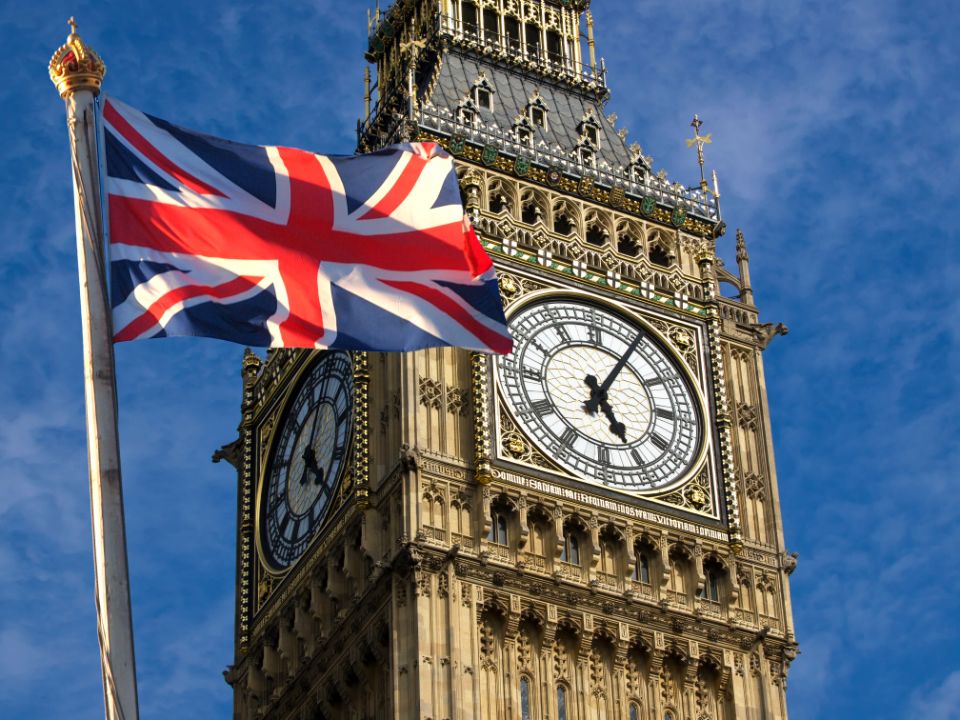
The buildings in the Northern bank of river Thames were constructed in the 10th century. Since then, they need been redeveloped and renovated on many occasions. One among the foremost famous portions of the structure is the Elizabeth tower, which houses the big Ben. With around 1100 rooms, 100 staircases and long corridors, the palace is quite an impressive one.
Houses of Parliaments, Cape Town:
Built from 1875 to 1885 by architects Charles Freeman and Henry Greeves Herbert Baker, the houses of Parliament in Cape Town has been the centre of many political upheavals and debates, including the South African Anglo Boer War, the world Wars and the transition to the African National Congress.
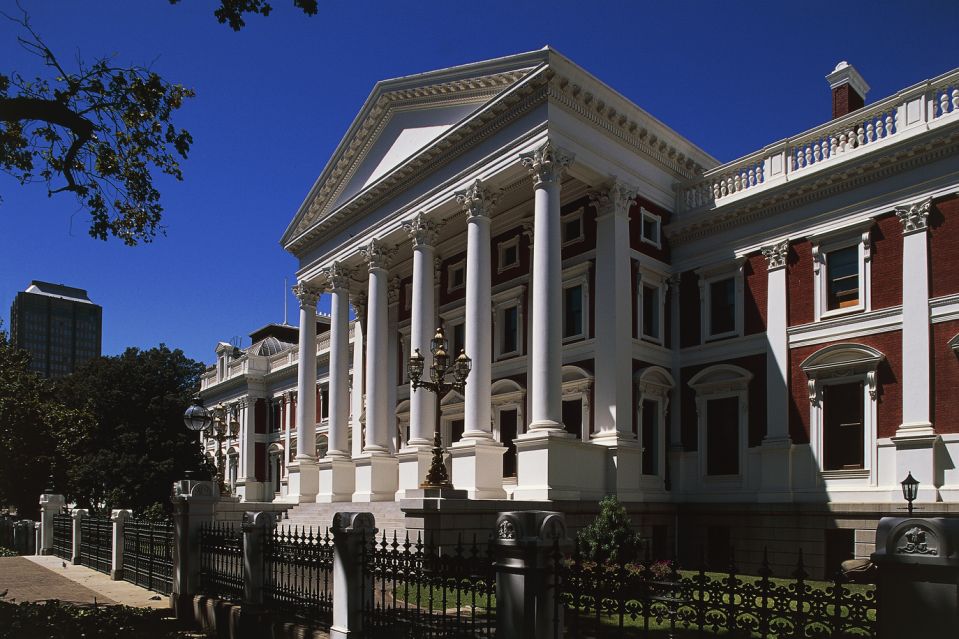
There are three sections to the building, built during different times. It houses the National Assembly and National Council of Provinces. Created with a neoclassical Cape Dutch sort of architecture, the building has undergone many renovations. The Parliament Building is about against the picturesque Table Mountains.
Beehive, Wellington, New Zealand
what earns this Parliament House an area on the list is its rather unique design resembling a beehive. Designed by New Zealand architect, Fergus Sheppard, the development of the Parliamentary House began in 1969 and led to1981.
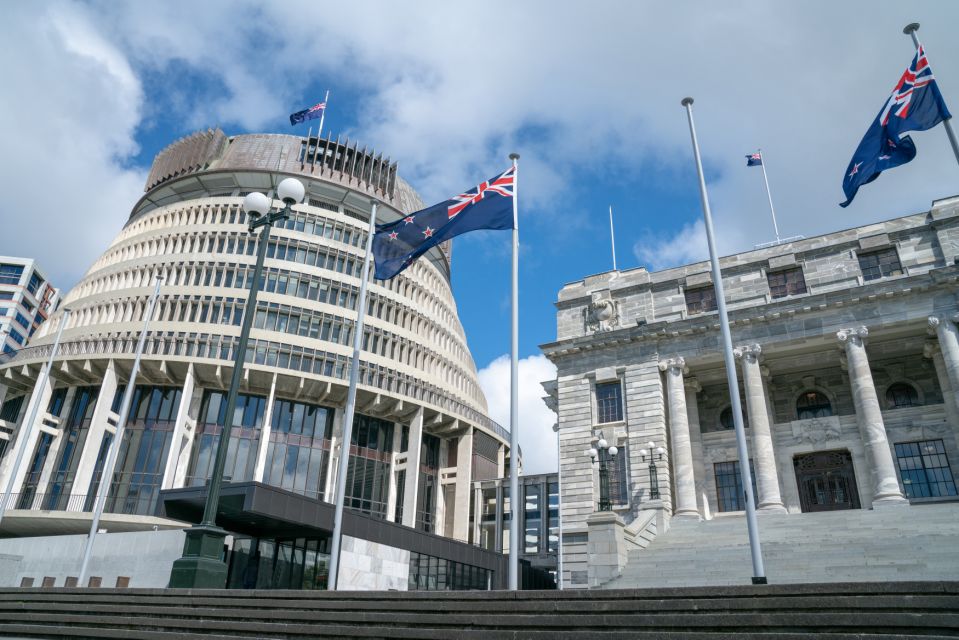
The Beehive is additionally a metonym used for the New Zealand leadership. This 10-storied building is 72 meters high, features a Cabinet room, the prime minister’s office, banqueting halls and performance halls. It also houses a theatre, gym and a swimming bath. 20 tones of Copper were to make the roof.
Central Block, Ottawa:
A huge tower, called the Peace Tower, that stands in the middle of the building is one among the foremost striking features of the Parliamentary Complex of the Canadian Parliament. The Central Block houses the House of Commons and Senate Chamber, along with other Government offices. It also houses the Memorial Chambers, commemorating Canadian soldiers who gave their lives in military service.
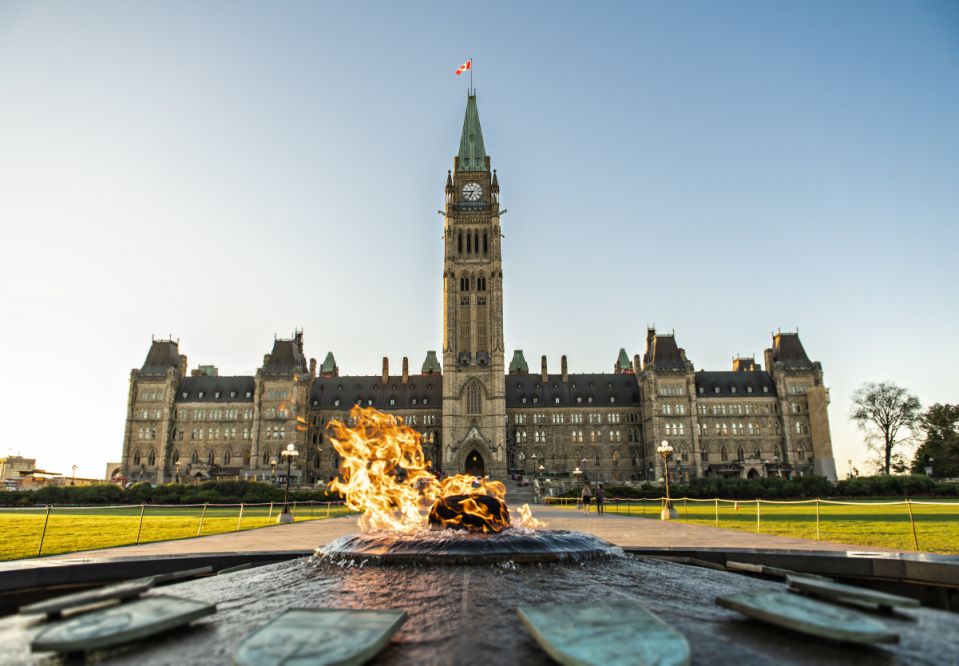
The original building was destroyed during a fire in 1916 and all that is still having the first is the Library of Parliament, which has fireproof doors. In 1966, a Canadian man Paul Joseph Chartier got killed when a bomb he had been preparing to throw into the floor of House of Commons detonated accidently.

